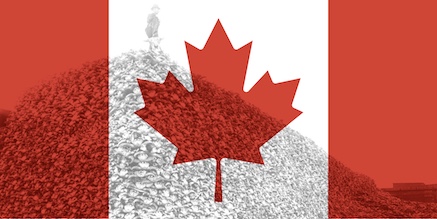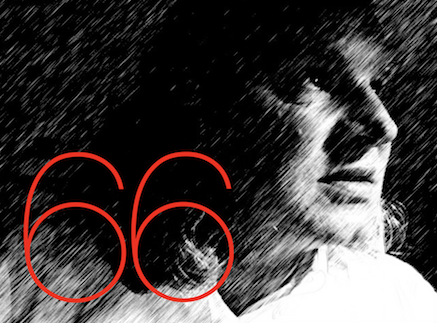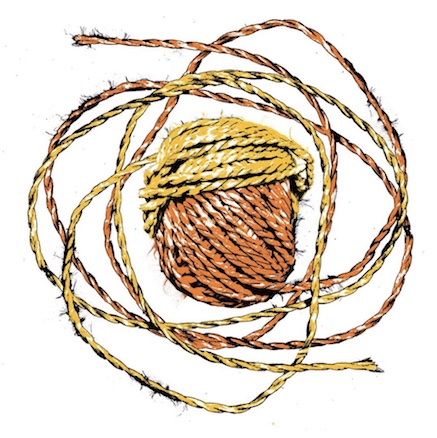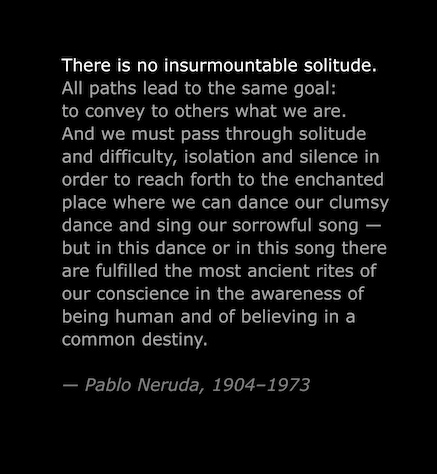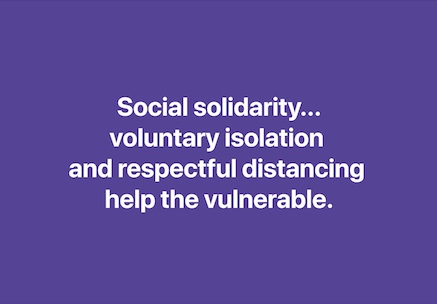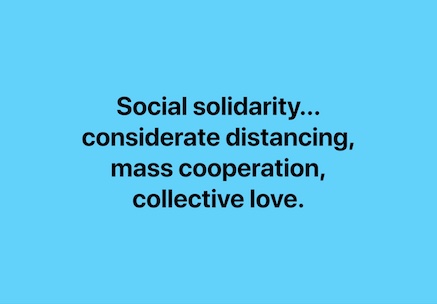Happy Thanksgiving!
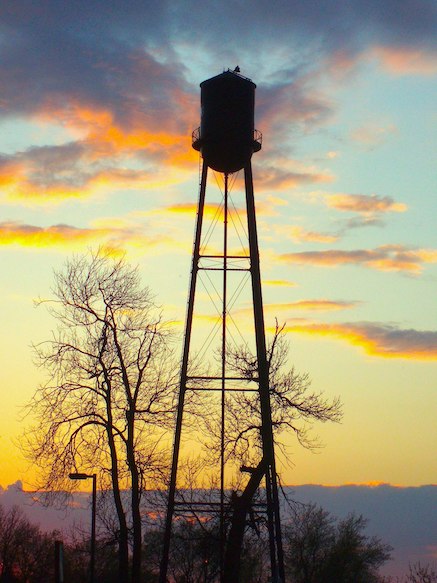
12 October 2020
Greetings and best wishes from Winnipeg Beach, Manitoba. We continue to “isolate” socially in this lovely spot on the western shores of Lake Winnipeg — it’s now been eight months of “shelter in place” for us…
Stay home (if you can), wear a mask, wash your hands often…



